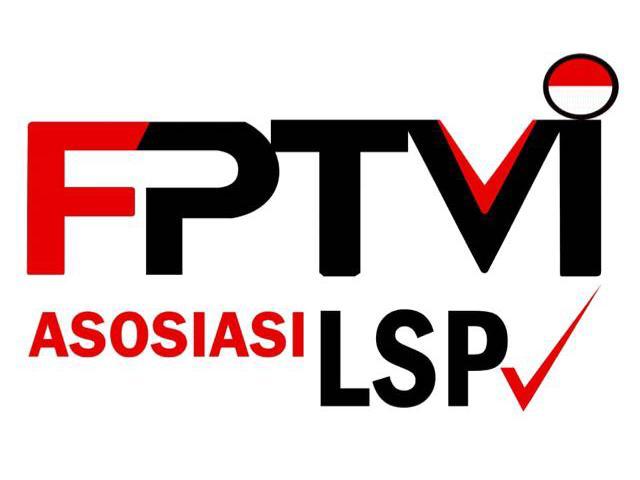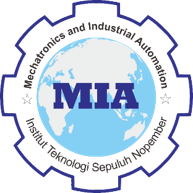Green Synthesis of Microcrystalline Cellulose from Cabbage Waste (Brassica Oleracea L.) Using Steam Explosion and Low-Concentration Chemical Treatment
Abstract
Keywords
Full Text:
PDFReferences
S. C. Z. Desobgo, “Utilization of Agricultural Waste for Water and Wastewater Treatment Processes,” vol. 30, no. 1, pp. 295–320, 2024.
W. BUDHIJANTO, T. ARIYANTO, and R. B. CAHYONO, “Bioenergy Potential from Agricultural Residues and Industrial Wastes in Indonesia,” Journal of Smart Processing, vol. 8, no. 6, pp. 253–259, Nov. 2019.
B. Debnath, D. Haldar, and M. K. Purkait, “A critical review on the techniques used for the synthesis and applications of crystalline cellulose derived from agricultural wastes and forest residues,” Carbohydrate Polymers, vol. 273, p. 118537, Dec. 2021.
S. Ventura-Cruz and A. Tecante, “Nanocellulose and microcrystalline cellulose from agricultural waste: Review on isolation and application as reinforcement in polymeric matrices,” Food Hydrocolloids, vol. 118, p. 106771, Sep. 2021.
D. Khukutapan, N. Chiewchan, and S. Devahastin, “Characterization of Nanofibrillated Cellulose Produced by Different Methods from Cabbage Outer Leaves,” Journal of Food Science, vol. 83, no. 6, pp. 1660–1667, Jun. 2018.
M. H. Sainorudin, M. Mohammad, N. H. A. Kadir, N. A. Abdullah, and Z. Yaakob, “Characterization of Several Microcrystalline Cellulose (MCC)-Based Agricultural Wastes via X-Ray Diffraction Method,” Solid State Phenomena, vol. 280, pp. 340–345, Aug. 2018.
J. Baruah, R. C. Deka, and E. Kalita, “Greener production of microcrystalline cellulose (MCC) from Saccharum spontaneum (Kans grass): Statistical optimization,” International Journal of Biological Macromolecules, vol. 154, pp. 672–682, Jul. 2020.
T. Kobayashi and L. Nakajima, “Sustainable development goals for advanced materials provided by industrial wastes and biomass sources,” Current Opinion in Green and Sustainable Chemistry, vol. 28, p. 100439, Apr. 2021.
S. Salimi, R. Sotudeh-Gharebagh, R. Zarghami, S. Y. Chan, and K. H. Yuen, “Production of Nanocellulose and Its Applications in Drug Delivery: A Critical Review,” 2019.
K. O. Sodeinde et al., “Cellulose isolated from Delonixregia pods: Characterisation and application in the encapsulation of vitamin A,” Industrial Crops and Products, vol. 160, p. 113138, Feb. 2021.
Y. Li et al., “Facile extraction of cellulose nanocrystals from wood using ethanol and peroxide solvothermal pretreatment followed by ultrasonic nanofibrillation,” Green Chemistry, vol. 18, no. 4, pp. 1010–1018, 2016.
B. M. Cherian, A. L. Leão, S. F. de Souza, S. Thomas, L. A. Pothan, and M. Kottaisamy, “Isolation of nanocellulose from pineapple leaf fibres by steam explosion,” Carbohydrate Polymers, vol. 81, no. 3, pp. 720–725, Jul. 2010.
V. Raju et al., “Isolation and characterization of nanocellulose from selected hardwoods, viz., Eucalyptus tereticornis Sm. and Casuarina equisetifolia L., by steam explosion method,” Scientific Reports, vol. 13, no. 1, p. 1199, Jan. 2023.
A. Rahayu, F. F. Hanum, N. A. Z. Amrillah, L. W. Lim, and S. Salamah, “Cellulose Extraction from Coconut Coir with Alkaline Delignification Process,” Journal of Fibers and Polymer Composites, vol. 1, no. 2, pp. 106–116, Oct. 2022.
R. S. Abolore, S. Jaiswal, and A. K. Jaiswal, “Green and sustainable pretreatment methods for cellulose extraction from lignocellulosic biomass and its applications: A review,” Carbohydrate Polymer Technologies and Applications, vol. 7, p. 100396, Jun. 2024.
T. Wang and Y. Zhao, “Optimization of bleaching process for cellulose extraction from apple and kale pomace and evaluation of their potentials as film forming materials,” Carbohydrate Polymers, vol. 253, p. 117225, Feb. 2021.
S. Jongaroontaprangsee, N. Chiewchan, and S. Devahastin, “Production of nanofibrillated cellulose with superior water redispersibility from lime residues via a chemical-free process,” Carbohydrate Polymers, vol. 193, 2018.
B. K. Chavez, K. Garces-Porras, D. C. Parada, and E. Flores, “Thermochemical isolation and characterization of nanofibrillated cellulose from Stipa obtusa fibers,” Carbohydrate Polymer Technologies and Applications, vol. 6, p. 100344, Dec. 2023.
A. Pirozzi, F. Olivieri, R. Castaldo, G. Gentile, and F. Donsì, “Cellulose Isolation from Tomato Pomace: Part II—Integrating High-Pressure Homogenization in a Cascade Hydrolysis Process for the Recovery of Nanostructured Cellulose and Bioactive Molecules,” Foods, vol. 12, no. 17, p. 3221, Aug. 2023.
M. G. Thomas, E. Abraham, P. Jyotishkumar, H. J. Maria, L. A. Pothen, and S. Thomas, “Nanocelluloses from jute fibers and their nanocomposites with natural rubber: Preparation and characterization,” International Journal of Biological Macromolecules, vol. 81, pp. 768–777, Nov. 2015.
K. V. Neenu et al., “Effect of oxalic acid and sulphuric acid hydrolysis on the preparation and properties of pineapple pomace derived cellulose nanofibers and nanopapers,” International Journal of Biological Macromolecules, vol. 209, pp. 1745–1759, Jun. 2022.
T. M. Lacerda, M. D. Zambon, and E. Frollini, “Oxalic acid as a catalyst for the hydrolysis of sisal pulp,” Industrial Crops and Products, vol. 71, 2015.
S. Bandyopadhyay-Ghosh, S. B. Ghosh, and M. Sain, “The use of biobased nanofibres in composites,” in Biofiber Reinforcements in Composite Materials, 2015.
C. J. Chirayil, J. Joy, L. Mathew, M. Mozetic, J. Koetz, and S. Thomas, “Isolation and characterization of cellulose nanofibrils from Helicteres isora plant,” Industrial Crops and Products, vol. 59, pp. 27–34, Aug. 2014.
L. Solhi et al., “Understanding Nanocellulose-Water Interactions: Turning a Detriment into an Asset,” 2023.
Y. Peng, D. J. Gardner, Y. Han, A. Kiziltas, Z. Cai, and M. A. Tshabalala, “Influence of drying method on the material properties of nanocellulose I: thermostability and crystallinity,” Cellulose, vol. 20, no. 5, pp. 2379–2392, Oct. 2013.
DOI: http://dx.doi.org/10.12962%2Fj23378557.v11i2.a22841
Refbacks
- There are currently no refbacks.
This work is licensed under a Creative Commons Attribution 4.0 International License. IPTEK The Journal of Engineering published by Pusat Publikasi Ilmiah, Institut Teknologi Sepuluh Nopember.
Please contact us for order or further information at: email: iptek.joe[at]gmail.com Fax/Telp: 031 5992945. Editorial Office Address: Pusat Riset Building 6th floor, ITS Campus, Sukolilo, Surabaya 60111, Indonesia.








